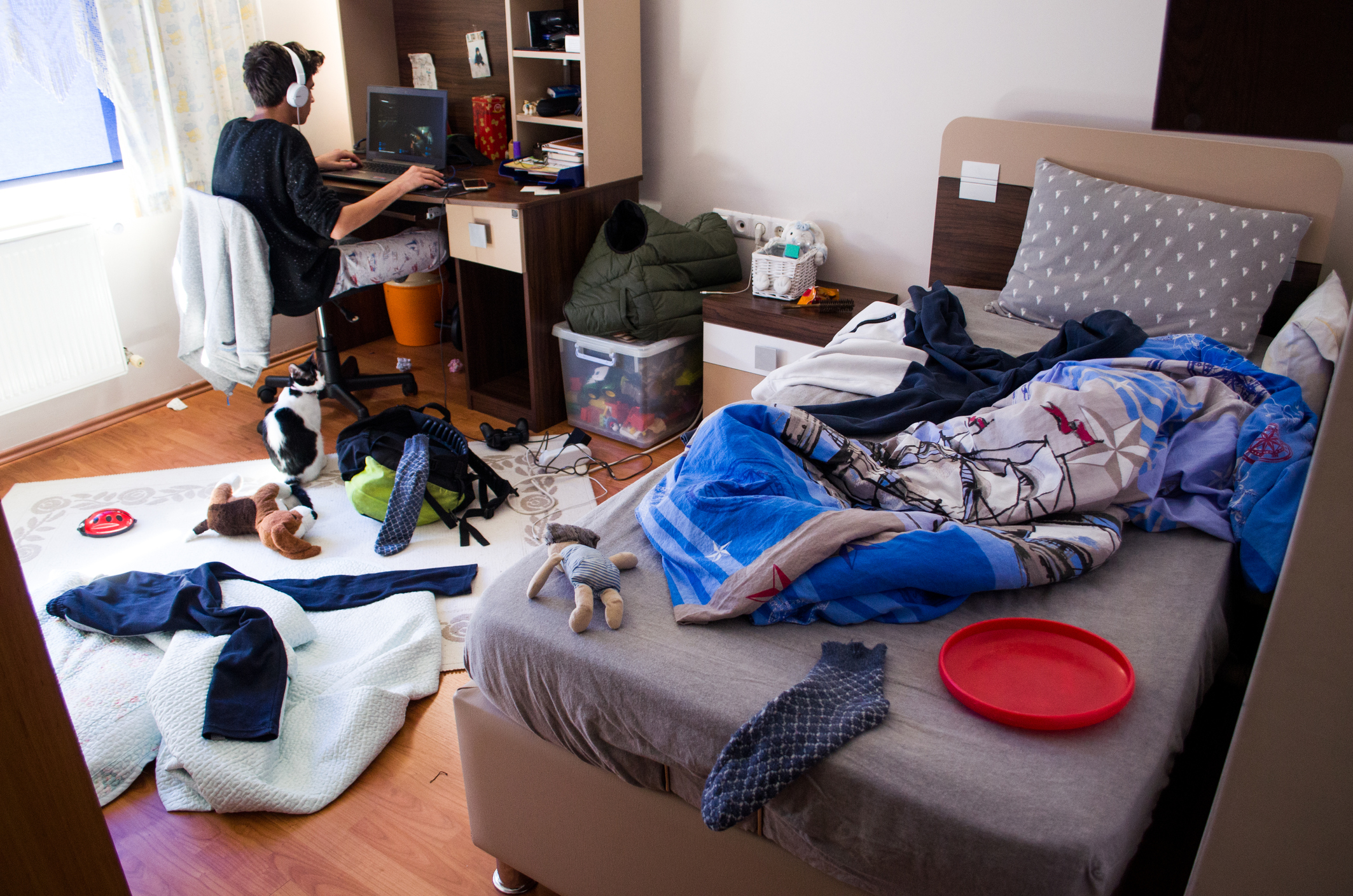We’ve all been there—the moment your kid explodes in public and the judgmental stares burn a hole through any sense of self-worth you have as a mom. Recently, my child put my skills to the test in the middle of a Cracker Barrel when he discovered there were no waffles on the menu (gasp!). Except this time, I didn’t search for the glares of others to confirm that sneaky lie that I was a bad mom. My attention remained steady under the table as my kid shoved chairs, threw shoes, and hurled insults. If I’d tried to physically remove him, the whole restaurant would have had to evacuate. Touching or restraining an angry child only magnifies the fury.
Instead, I offered my son empathy to help his brain regain access to rational thinking, which eventually enabled him to join us and eat pancakes. And there’s a tool I used to make it happen. Here’s what it is.
My ability to handle the Cracker Barrel episode came from parenting strategies found in The Explosive Child: A New Approach for Understanding and Parenting Easily Frustrated, Chronically Inflexible Children, a must-read book by Dr. Ross Greene. The techniques in it are some of the most widely recommended for kids who struggle with anger. It’s founded on the principle that we can most effectively teach our angry children when we work with them. Try these five ideas from this groundbreaking book to help parent your angry child with success.
1. Identify your child’s lagging skills.
Teaching our kids the skills they lack is essential to helping them reduce or eliminate challenging episodes. This is the key behind Dr. Greene’s book. He suggests beginning by writing down the skills your child struggles with and starting with the word “difficulty.” For example, my child has difficulty managing emotional responses to frustration.
A child who can adequately manage frustration would easily choose something different on the menu if waffles weren’t available. But a kid who cannot healthily process frustration will throw a tantrum. You can download this free worksheet that will help you record your child’s lagging skills.
2. Prioritize unsolved problems.
After you identify lagging skills, you need to list the unsolved problem. The lagging skill is that my child has difficulty managing emotional responses to frustration, and the unsolved problem is choosing an item on a menu. In my child’s case, we would prioritize solving this problem by practicing respectfully ordering off a menu at home so he is equipped to respond appropriately next time.
If you try to work on all your child’s unsolved problems at the same time, it’s likely you won’t solve any at all. Choose three at a time to focus on—the ones that are causing the most strife. Dr. Greene says that if your family situation is extremely unstable, you should only choose one unsolved problem at a time.
3. Practice empathy.
This is everything in successfully parenting an angry child! Dr. Greene explains that “the kids about whom this book is written do not choose to exhibit challenging behavior any more than a child would choose to have a reading disability.” Shaming our children only escalates rage further and damages our children emotionally. As much as we want to force them to calm down, that doesn’t work. The reasoning part of their brain literally shuts down when in fight or flight.
When my child exploded because there were no waffles on the menu, I empathized this way: “I’m sorry they don’t have what you want. It’s frustrating when you’re craving something and can’t have it. Waffles are my favorite food to order too.” Empathy helps the brain to start working again.
4. Proactively solve problems using “Plan B.”
If you have an angry child, you know that typical authoritarian parenting doesn’t work. Dr. Greene calls this parenting style “Plan A” and details how this approach causes your behaviorally challenging kid to explode. Dr. Greene suggests “Plan B” parenting. In this model, you work with your child to problem-solve for the future.
You start by telling the child a problem you noticed, so I told my son that I noticed he had a hard time picking something from the menu. Then, you ask the child why he or she is having a problem. I asked him, and he said, “You told me they had waffles, so I was mad when they didn’t. You lied to me.” Finally, you help the child come up with a solution. I suggested that next time, we look at the menu online ahead of time and my son suggested only going to restaurants that include waffles on the breakfast menu.
5. If your child has a diagnosis, don’t focus on that.
All kids have lagging skills. And let’s be honest, so do we! Our job as moms is to help our children develop those skills so they grow into responsible adults. Whatever your kid struggles with, focus on the lagging skill, not any formal diagnosis (if there is one).
In the middle of my son’s Cracker Barrel meltdown, I didn’t see a label. I saw a little boy who’s still learning how to deal with life when things don’t go his way. And I recognized that I’m a mom who is equipped to come up with a plan to help my child do better next time.
What is your child’s most significant lagging skill?










